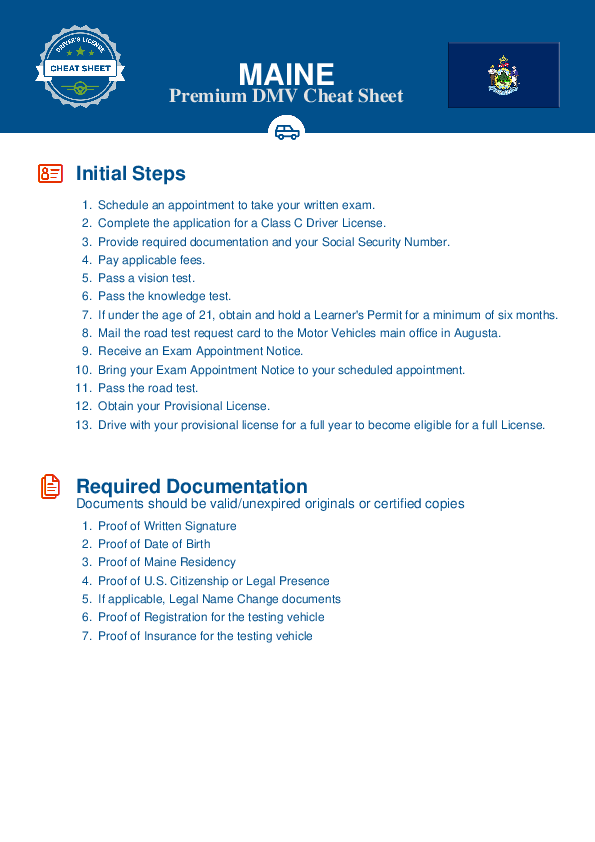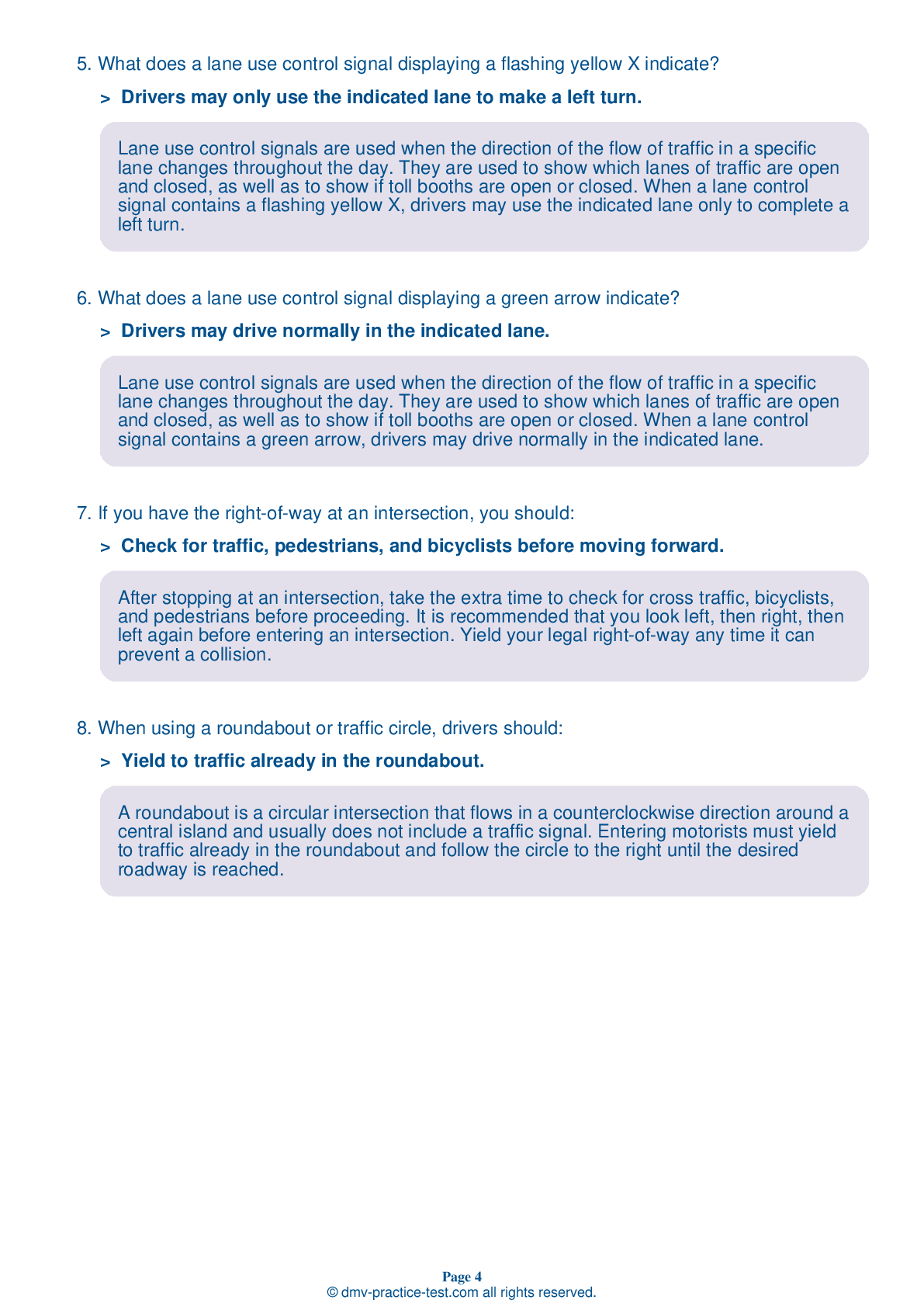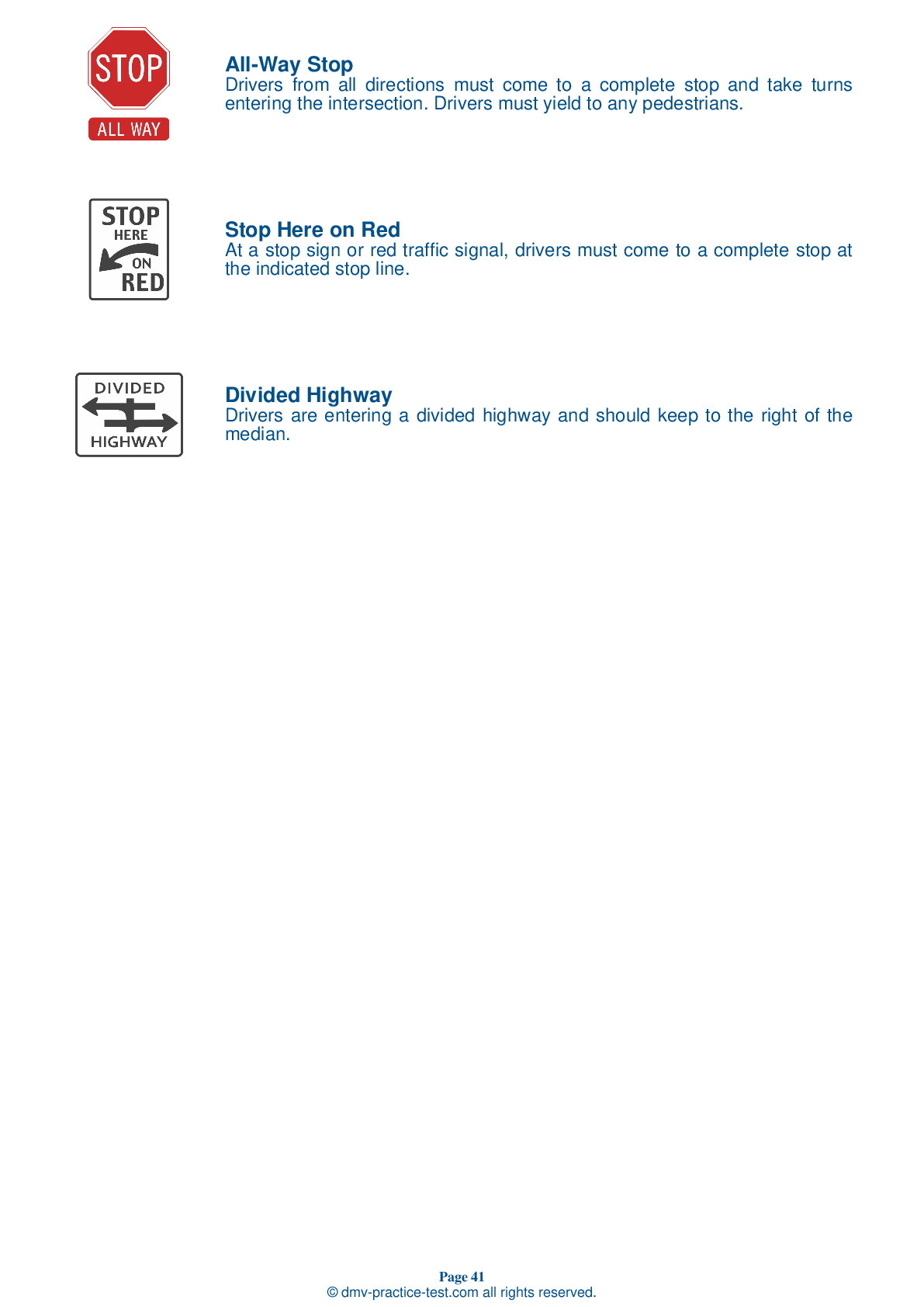FREE Maine DMV Practical Test Page 7 of 7
Maine's DMV practise exams include questions based on the most important traffic signals and legislation from the Maine Driver Handbook. To study for the DMV driving permit test and driver's licence exam, use actual questions that are very similar (often identical!) to the DMV driving permit test and driver's licence exam.
Each question on the practise exam has a tip and explanation to help you recall the ideas. Questions about traffic rules, traffic signs, and driving statutes, as well as knowledge from the Driver Handbook, will be included in the written portion of the official Maine DMV test.
You must properly answer 50 of the 60 questions to receive a passing mark. To help you prepare for your Maine instruction permit or driver's licence, take our DMV practise test.
The DMV exam is offered in a variety of languages.
Using any form of testing help will result in an automatic fail, and the DMV may take further action against your driver's licence, so avoid it.
51 . A driver should:
A driver should watch beside, ahead, and to the rear of their car. To be a good driver, you must know what is happening all around your vehicle.
52 . A broken yellow line alongside a solid yellow line means:
A broken yellow line alongside a solid yellow line means that passing is allowed from the lane on the side next to the broken line.
53 . You may not park within ____ of a crosswalk.
Some municipal ordinances do not allow you to park in certain areas. Drivers may not park within 15 feet of a crosswalk.
54 . If your vehicle starts to lose traction because of water on the road, you should:
When driving in heavy rain at speeds as low as 30 mph, your tires may lose all contact with the road and instead ride up on a layer of water above the surface of the road. This is called "hydroplaning." If your vehicle starts to hydroplane, slow down gradually and do not apply the brakes.
55 . Braking distance is affected by:
Factors that can affect braking distance include how fast your vehicle is traveling, the condition of your brakes and tires, and the condition of the pavement.
56 . When driving on a slippery surface, such as snow or ice:
To prevent skidding on slippery surfaces, you should shift to a low gear before going down a steep hill. You should also follow farther behind the vehicle in front of you than you normally would. Quick stops should be avoided. Unless you have antilock brakes, pump the brakes to slow or stop.
57 . When approaching a railroad crossing that has no warning signals (such as electric flashing lights or gates), a driver should slow down, look, and listen.
If a railroad crossing has no warning devices or only a crossbuck sign, you should slow down, look in both directions of the track, and listen for a train or railroad equipment. Only proceed with caution across the tracks when it is safe to do so.
58 . When backing your vehicle, you should:
While backing, turn your head and look through the rear window. Don’t rely only on your mirrors.
59 . When driving in fog or mist, never put your headlights on the high beam setting because:
In foggy or misty conditions, you should not use your headlights on their high beam setting because the light will be reflected back into your eyes.
60 . If you approach a stopped school bus that has its lights flashing and signal arm extended, you should:
If you approach a stopped school bus that has its lights flashing and arm extended, you must come to a full stop and remain stopped until the signal arm is pulled back and the bus resumes motion. This law applies whether you are traveling in the same direction as the bus or if you are approaching from the opposite side of the street.
See the exact questions that will be on the 2024 Maine DMV exam.
99.2% of people who use the cheat sheet pass the FIRST TIME
LT gives us an insight on how the cheat sheet provided her with all the study questions she needed before taking her test.
Joe initially studied with the handbook and failed his test, he eventually found us online, studied and pass his test the first time around.



